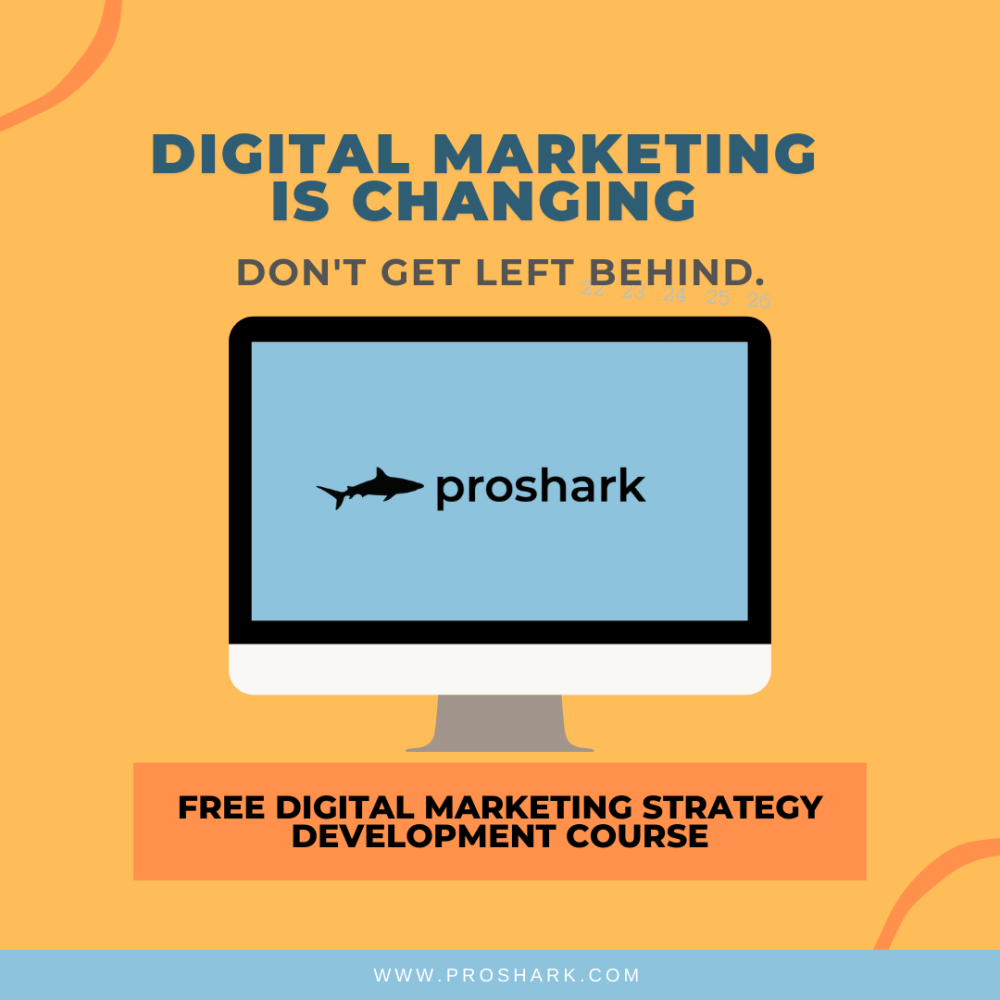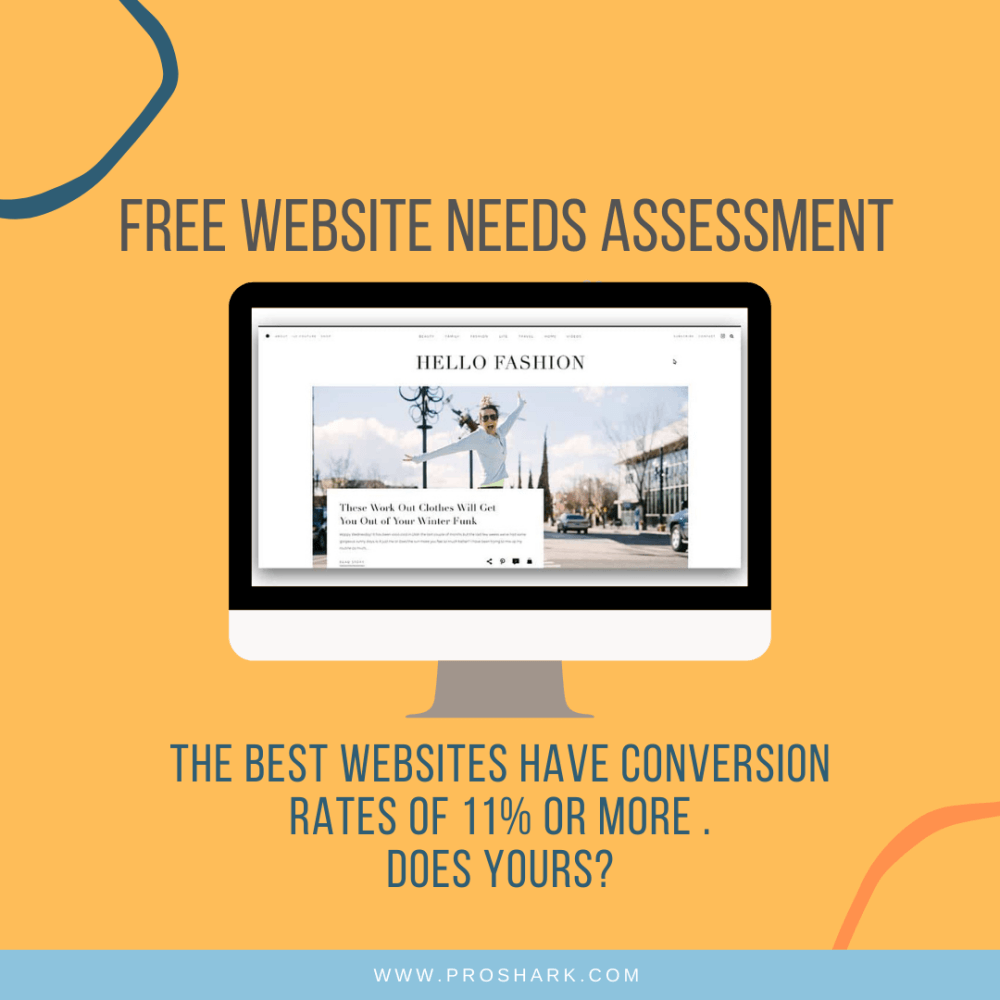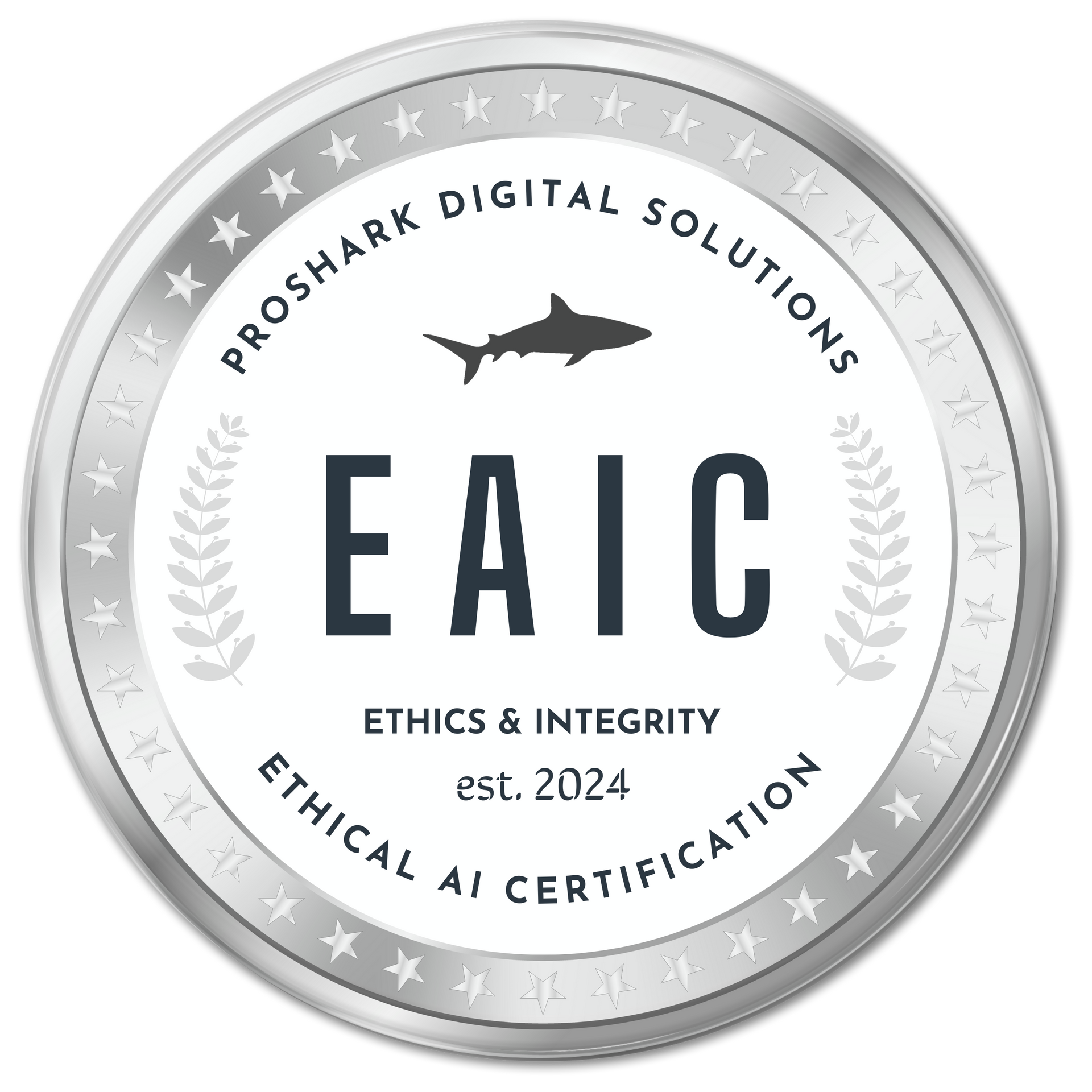Make Press Releases, Interviews and Public Awareness Work For You
Do Press Releases and Public Awareness Pieces Work?

The short answer is "yes, absolutely".
All outreach methods including podcasts, video interviews, e-magazine articles, e-magazine interviews and so many more outbound "press" pieces are fantastic for getting people or other companies to "see you". Getting invited to be on a high-profile podcast or getting an interview or article in a top-tier or mid-tier publication can provide significant exposure to your business. A lot of our readers ask if these channels are still relevant and our answer is that, due to recent and upcoming changes in the marketing and privacy landscape, Public Awareness is becoming even more relevant than it was before.
During the remainder of this year, and by no later than the first part of next year, businesses need to make a dramatic shift in marketing. We have been saying this for the last year now and it is coming true (see "We've Been Telling You About The Google Privacy Transition for a Year").
For you, the business owner, this means making major changes to how you get exposure and how you interact with consumers and potential clients. What used to be about just running ads to get new business is morphing into an expertise-based movement to Public Awareness as a starting point that builds into an interactive community who has expressed interest in what you offer.
In other words, paid ads used to effectively cut through the "noise" in the marketplace, but that effectiveness is quickly diminishing. So what now?
Public Awareness is a new buzz word for a reason. Podcasts, Anchor Brand Exposure (Bloomberg, Nasdaq, etc...), Press Releases and other high-exposure, traditional channels are becoming popular again because they help build a brand. Getting your business out over these channels is only half the battle and failing to execute the second half is where most people fall down.
Imagine paying to continuously run ads over some of the major channels and networks. How expensive would that be? Obviously, for most SMB organizations, the idea of continuously running expensive ads is cost prohibitive. Another argument that naysayers use against returning to the more traditional exposure model of marketing is that it doesn't work. This is where most companies don't know how to do what is necessary to make this type of marketing succeed.
So how do they work?
Let's say you run an article or press release through Bloomberg, some other mid-tier, top tier channel or even multiple channels and networks for between $1,000 and $10,000 or more. You get this beautiful write-up published that gives a great description of some unique facet of how you can help your clients. By the way, we can show you how to do this or you can find out more. Just schedule a call with one of our reps.
Or say you even do a high-dollar interview with Forbes or other Tier 1 provider. The piece runs and is perfect in every way. You told all your friends and colleagues and they have 'oohed' and 'aahed' at how great the piece was. The phone might even ring a bit more than usual for a week or two and you may have even gotten some leads, but these are distant leads since they don't have a relationship with your company and in the end they just don't pan out.
You throw up your hands after spending that much money and vow never to do that type of marketing again. Guess what, you are 90% of the population and you missed the most important step in this type of campaign.
How did you miss it and why didn't anyone tell you?
Most PR firms are not digital marketing agencies, but a few smart agencies are becoming Public Awareness firms and a few smart PR firms are partnering with digital marketing agencies. Why? It is the job of the Public Relations firm to get the exposure, not to increase your business directly. They get the article published and then typically move on to the next article or interview. They get paid per each publication so the model makes sense to them, but from a cost effectiveness perspective, it may not make sense for you.
This leads us to the missing piece of the puzzle. The exposure you received from whatever publication you were in is far reaching, but not pervasive. That is, unless you make it that way. Most articles and interviews are evergreen or at least have a reasonable shelf life, but 99% of the time (unless it is a unicorn), your article will not drive major traffic to their channel so they will run it and just leave it there. They have done their job.
It is up to you to promote the article and maximize the authority you received. "What?" You heard it correctly, you have to make the authority stay alive. Some people understand this which is why you see "As Seen On..." on their LinkedIn profile and why you see authority logos on their websites, but that only has minimal impact since people were inbound already.
How can you keep your authority alive and make the most out of your article or interview? Funny you should ask ;)
At Proshark, we are finishing up our Public Awarenes Syndication Service (PASS) that will help you keep the authority alive. There are different levels to PASS, but the primary goal is to take your publication and keep it on the forefront of exposure by getting it in front of relevant audiences to use it as a tool to generate traffic, build interest and increase trust between your brand and the public.
If you would like to know more about PASS, just
schedule a call with us.









